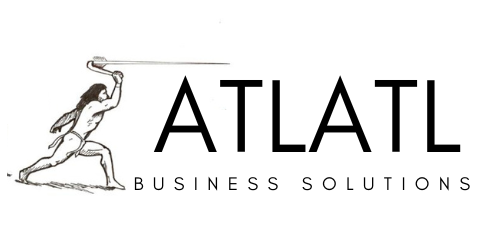We’ve all been there. You sign up for a Six Sigma certification course, put in the hours, maybe even pass the test (it’s a breeze, right?), and then—crickets.
You put the shiny certificate on your wall, tell a few people you’re a “Black Belt” and wait for the world to come knocking at your door.
But here’s the thing: Six Sigma isn’t a magic trick. It’s not a gold star to hang on your wall; it’s a tool. If you’re not going to use it, that certification is essentially the workplace equivalent of an unused gym membership.
Let’s be honest. There’s something really satisfying about the act of getting the certification. You’ve got the lingo down, you’ve mastered the DMAIC process (Define, Measure, Analyze, Improve, Control… or as I like to call it, “the fancy steps to say ‘I’m fixing stuff’”), and you now speak in terms like “process variation,” “control charts,” and “root cause analysis”—but none of that matters if you’re not going to use those skills to actually improve something.
Think of it like this: You wouldn’t buy a fancy kitchen knife if you weren’t planning to cook.
Similarly, Six Sigma is a tool designed to help you improve processes, reduce waste, and boost efficiency.
But if you’re just sitting there on your metaphorical kitchen counter, looking pretty, then what’s the point?
“I’m Certified, But Where Do I Start?”
Oh, the eternal question. Many people get their Six Sigma certification, thinking it’s some kind of ticket to an immediate promotion, salary raise, or at least a free coffee from HR. But that certificate doesn’t come with a free pass to greatness. You can read all the books, pass all the tests, and still not know how to practically apply those concepts when you’re knee-deep in a project that needs fixing now.
It’s like getting a PhD in quantum physics and then deciding to work at a coffee shop. You’ve got all the theoretical knowledge in the world, but without a real-world application, you’re just making small talk about the weather instead of quantum entanglement.
Six Sigma: It’s Not a Trend, It’s a Tool (If You Use It)
Here’s the secret to making Six Sigma actually work for you: it’s not about your certificate, it’s about your ability to use the principles. So, if you’re not applying them to your workflow, process improvements, or quality control, all you’re really doing is saying “I’m certified,” and hoping people will throw opportunities at you. Spoiler: they won’t. If anything, they’ll just assume you’re the office’s favorite “self-improvement guru.”
How To Actually Use Six Sigma Without Looking Like a Pretender
- Look for Waste: If there’s an inefficiency in your workflow, Six Sigma can help you identify and eliminate it. If you’re sitting in endless meetings, with no clear action items, you’ve already got your first project. Apply DMAIC to streamline those things.
- Control Your Data: Six Sigma is all about using data to drive decisions. If you’re not analyzing your processes with the same rigor you used to analyze your Six Sigma textbooks, you’re not really “doing” Six Sigma—you’re just speaking in acronyms.
- Go Beyond the Buzzwords: Sure, you can rattle off terms like “standard deviation” and “Kaizen” all day, but the real magic happens when you make them mean something. When you’re actively improving something or fixing a problem, that’s when the certification actually pays off. Otherwise, you’re just one well-trained parrot.
In the end, Six Sigma certifications are like a Swiss army knife.
When used correctly, they can help you solve all sorts of problems—be it streamlining processes, cutting waste, or enhancing quality. But if you’re not actually using the tool, it’s just another sharp, shiny object taking up space in your drawer.
So, before you post that latest Six Sigma certification on your LinkedIn profile with an all-too-cryptic caption like, “On to the next challenge” (no one believes you), ask yourself: “What am I actually doing with this?”
And if the answer is “nothing,” well, you’re probably just the proud owner of a fancy piece of paper that could’ve easily doubled as a very expensive fire starter.
Stay sharp, folks.

